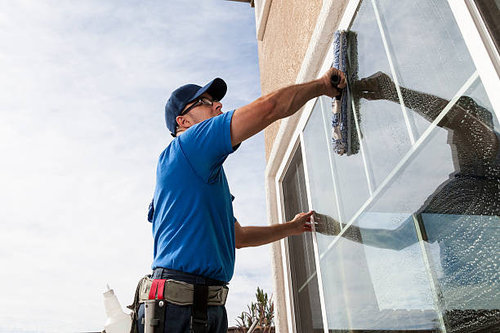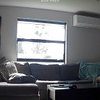Proven Techniques for Cleaning Hard-to-Reach Areas in Your Home
Introduction:

Cleaning our homes involves more than just the visible surfaces and easily accessible areas. Hard-to-reach spots, such as high corners, tight spaces, and narrow crevices, often accumulate dust, grime, and allergens over time. Neglecting these areas can compromise the cleanliness and hygiene of our living spaces. In this blog post, we will explore proven techniques for effectively cleaning hard-to-reach areas in your home, ensuring a thorough and pristine environment.
Reach for the Right Tools:
- Cleaning hard-to-reach areas requires the right tools to access and effectively clean these spaces. Invest in an extendable duster or a microfiber duster with a long handle to reach high corners and ceiling fan blades. A crevice tool attachment for your vacuum cleaner can help clean narrow gaps and crevices, while a flexible brush or toothbrush can tackle tight spaces and intricate surfaces. Having the appropriate tools on hand makes reaching and cleaning these areas much easier.
Dusting and Cobweb Removal:
- Dust tends to accumulate in corners, high shelves, and ceiling edges. Start by using your extendable or microfiber duster to gently remove dust from these areas. Be thorough and methodical, working your way around the room. Additionally, look out for cobwebs in high corners or behind furniture. Use a long-handled broom or duster to remove them carefully, ensuring a complete clean-up of these often-neglected spots.
Vacuuming and Cleaning Crevices:
- Vacuum cleaners with crevice tool attachments are excellent for cleaning hard-to-reach areas like the gaps between furniture, baseboards, and window sills. Attach the crevice tool to your vacuum and run it along these tight spaces, effectively removing dust, pet hair, and debris. For stubborn dirt or grime, use a small brush or toothbrush with some mild cleaning solution to gently scrub the area. Remember to dry the surface thoroughly to prevent any moisture-related issues.
Blinds and window treatments:
- Window blinds and treatments are notorious for collecting dust. To clean them effectively, close the blinds and run a microfiber cloth or duster along each slat, starting from the top and working your way down. For fabric curtains or drapes, carefully detach them from the rod and follow the manufacturer's instructions for cleaning. Most curtains can be machine-washed or hand-washed. Remember to rehang them promptly to maintain the aesthetic appeal of your windows.
Cleaning Behind Appliances:
- Hard-to-reach areas behind appliances, such as refrigerators, ovens, and washing machines, are often overlooked during regular cleaning. However, they can harbor dust, dirt, and even food debris. Start by unplugging the appliance and pulling it away from the wall. Use a vacuum cleaner with a brush attachment to remove dust and loose debris. For more thorough cleaning, dampen a cloth with a mild cleaning solution and wipe down the surface, including the sides and back of the appliance. Finally, ensure the area is completely dry before plugging the appliance back in.
Ceiling Fans and Light Fixtures:
- Ceiling fans and light fixtures can accumulate dust and dirt, particularly if they are located in hard-to-reach areas. Before cleaning, make sure the fan or light is turned off and cool to the touch. Use an extendable duster or microfiber cloth to carefully wipe down the blades and surface of the fixture. If the blades are particularly dirty, you may need to use a damp cloth with a mildcleaning solution. Take caution not to wet any electrical components and allow the fixture to dry completely before turning it back on.
Regular maintenance and prevention:
- Preventing the build-up of dirt and dust in hard-to-reach areas is key to maintaining a clean home. Regular dusting and cleaning routines should include these often-forgotten spots. Additionally, consider using air purifiers or strategically placing doormats to minimize the amount of dust and allergens brought into your home. Proper ventilation and controlling humidity levels can also help reduce dust accumulation.
Conclusion:
Cleaning hard-to-reach areas in your home may require a bit more effort and the use of specific tools, but the results are well worth it. By incorporating these proven techniques into your cleaning routine, you can ensure a thorough and pristine living environment. Remember to be diligent and consistent inmaintaining cleanliness in these often-overlooked spots, as they play a significant role in the overall hygiene and comfort of your home.




Comment